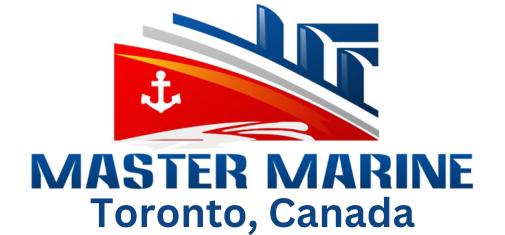- Home
- About Us
- Services
- Marine and Cargo Survey
- Marine Insurance Claims & Adjusting
- Bunker Survey
- Draft Surveys
- Damage Survey
- Fruits & Vegetables & Meat Products Survey
- Pre-shipment Inspections
- Cargo Loading & Discharge Supervision Survey
- Steel Scrap Survey
- Assaying of Precious Metals
- Heavy Lift & Bulk Cargo Surveys
- Boat Surveys
- Sampling of Agriculture Products
- Liquid Cargo Inspections
- Safety & Technical Inspections
- Salvage Sales
- Fire Inspections
- Port Captaincy
- Worldwide Coverage
- Careers
- Contact

